Spitsbergen: The Wildlife Capital of The Arctic
Spitsbergen is the largest island in the Norwegian archipelago of Svalbard. This pristine island is known as the land of the midnight sun, the wildlife capital of the Arctic and the land of the polar bear!
This is a popular destination for intrepid travelers in search of an adventure to witness the incredible wildlife that inhabits these latitudes: polar bears, walruses, reindeers, arctic foxes, beluga whales, seals and different species of seabirds. Travelers will also marvel at the beauty of glaciers and fjords.
Here we share some useful details when choosing your Arctic expedition to this special destination!
When should I go? What is the best time to see polar bears?
The Arctic season starts in Mid May and ends in September each year. If you want to join a Spitsbergen expedition where chances of spotting these lovely creatures are higher, June to August is the best time. The ice melts enough for vessels to navigate the icy waters and polar bear sightings are more common as they follow the pack ice on the hunt for food. Polar bears tend to roam the northern part of the island – but they can be spotted around the archipelago. Photographers get your cameras ready – the light is perfect for your shots!
Photo Credit: Poseidon Expeditions
What do polar bears eat?
Polar bears, the largest of all bear species, typically eat seal. Nevertheless, reindeer, muskoxen, caribou, walruses, crustaceans, birds, bird eggs and whale carcasses are also part of their diet! Females typically weigh between 150-350 kg while males generally weigh in between 300- 700 kg!
Photo Credit: Poseidon Expeditions
How long are the expeditions?
There are Spitsbergen-focused expeditions as well as combined expeditions that visit not only Spitsbergen but also Greenland and/or Iceland. If your time is limited, we recommend the 7-day Spitsbergen Highlights: Expedition in Brief. If you prefer an in-depth expedition we also offer Spitsbergen longer trips. You can check out all our Arctic expeditions here!
What activities are offered onboard and off the ship?
These are true expeditions for travelers who love encounters with wildlife and enjoy pristine landscapes. When you embark, you’ll meet your expedition team. They have everything organized so you have the voyage of your lifetime, learn all about your polar adventure, wildlife, history and have an amazing time both onboard and off the ship. Throughout your voyage, the expedition leader will organize everything to get you to the best landing sites in the safest way possible, always considering the weather in these remote areas. Expedition team members are always on the lookout for land and marine wildlife both while onboard the ship and also when you are on your daily zodiac excursions and landings. On selected departures, there are optional adventure options such as kayaking or one-time paddling! Onboard the ship, the polar experts will teach you all about the Arctic: you’ll explore its history, wildlife behaviour, geology, issues like sea ice melt, polar habitats and ecosystems.
How cold is it in the Arctic regions during summer time?
Arctic summers usually range from 5°C (41°F) to 10°C (50°F), depending on where you go!
Photo Credit: Poseidon Expeditions
What are the highlights of this expedition?
- Wildlife – Although Spitsbergen is known as the land of the polar bear, you’ll be able to enjoy the presence of other majestic animals: walruses, whales, different species of seals, arctic foxes and the Svalbard reindeer
- Educational Program – Both onboard the ship and during your landings & zodiac excursions, the polar experts will teach you all about the Arctic: you’ll explore its history, wildlife behaviour, geology, issues like sea ice melt, polar habitats and ecosystems, and get to know more about the communities that live in these latitudes.
Photos Credit: Poseidon Expeditions
Potential Sites to explore:
- Alkefjellet “Bird Mountain” – one of the most spectacular bird cliffs in all of Svalbard. The towering basalt cliffs rise vertically from the waters of the Hinlopen Strait between Spitsbergen and Nordauslandet. These cliffs are home to approximately 60,000 Brünnich’s guillemots. The sheer rock faces, which reach 100 metres high, provide protective nesting habitat for birds who are preyed on by Arctic foxes and Glaucous gulls.
-
South Spitsbergen National Park – encompasses the southern end of Spitsbergen island and includes Wedel Jarlsberg Land, Torell Land and Sørkapp Land. The park contains four bird sanctuaries, one of which is the Isøyane Bird Sanctuary, a wetland area that’s home to breeding populations of barnacle geese, common eiders, black-legged kittiwakes and thick-billed guillemots.
-
Northwest Spitsbergen National Park– This national park is home to two hot springs, the Troll and Jotun hot springs which are located along the edge of the Bockfjorden fjord. At almost 80 degrees north latitude, they are the most northernmost documented hot springs on earth. Arctic bird species such as puffins, arctic terns and purple sandpipers are found in the park.
Photo Credit: Poseidon Expeditions
Interested in visiting the Arctic Regions?
Email us anytime and we will send you our current best deals! info@freestyleadventuretravel.com

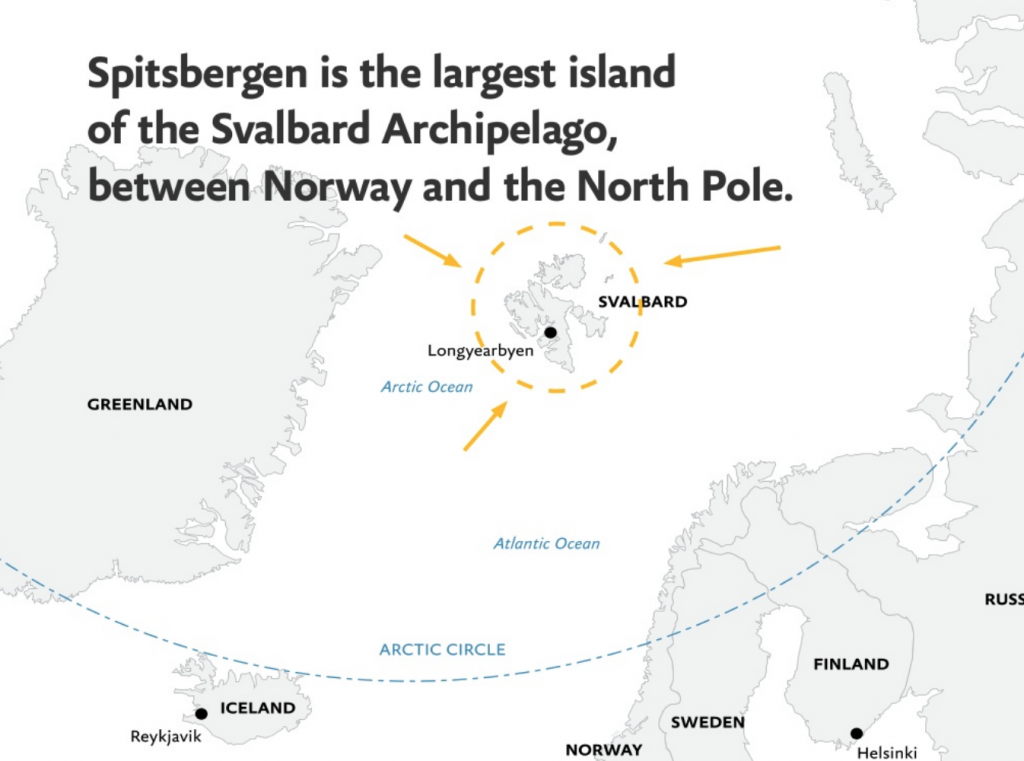
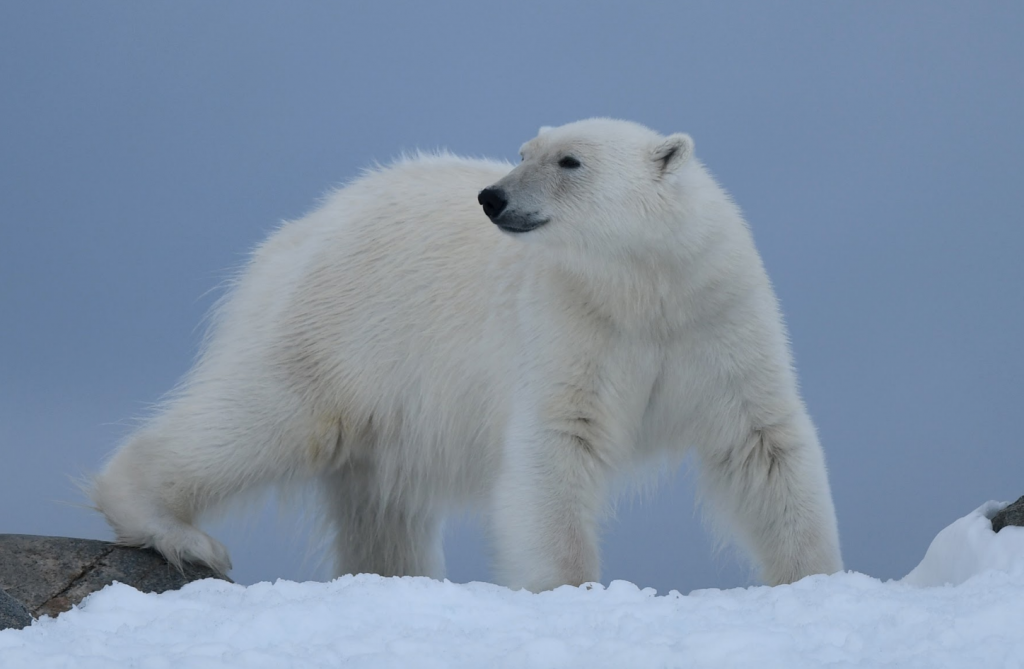
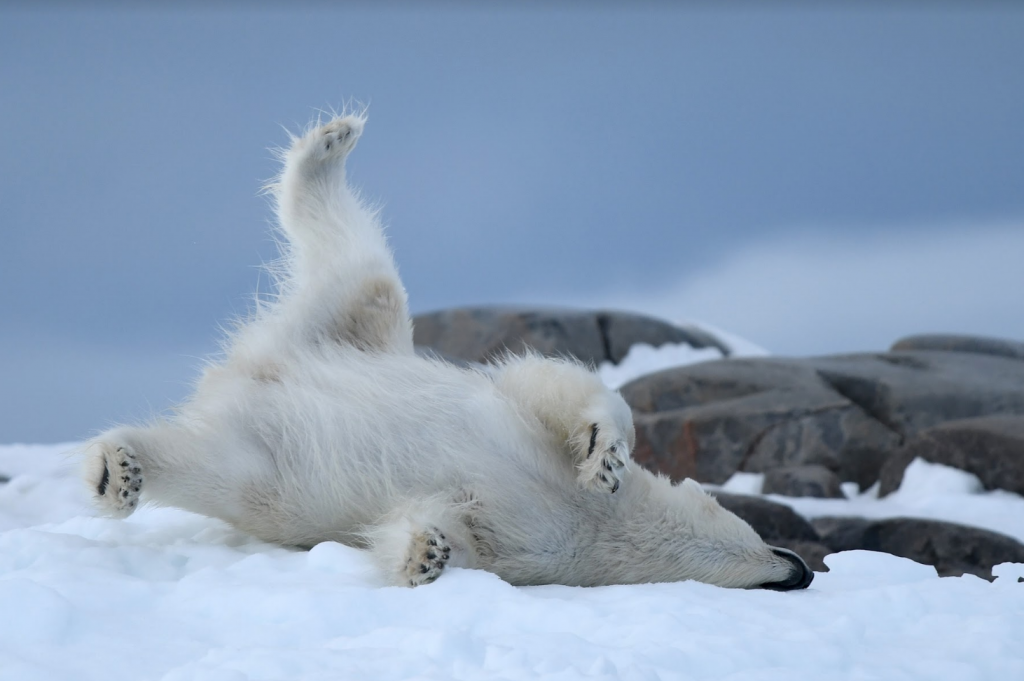
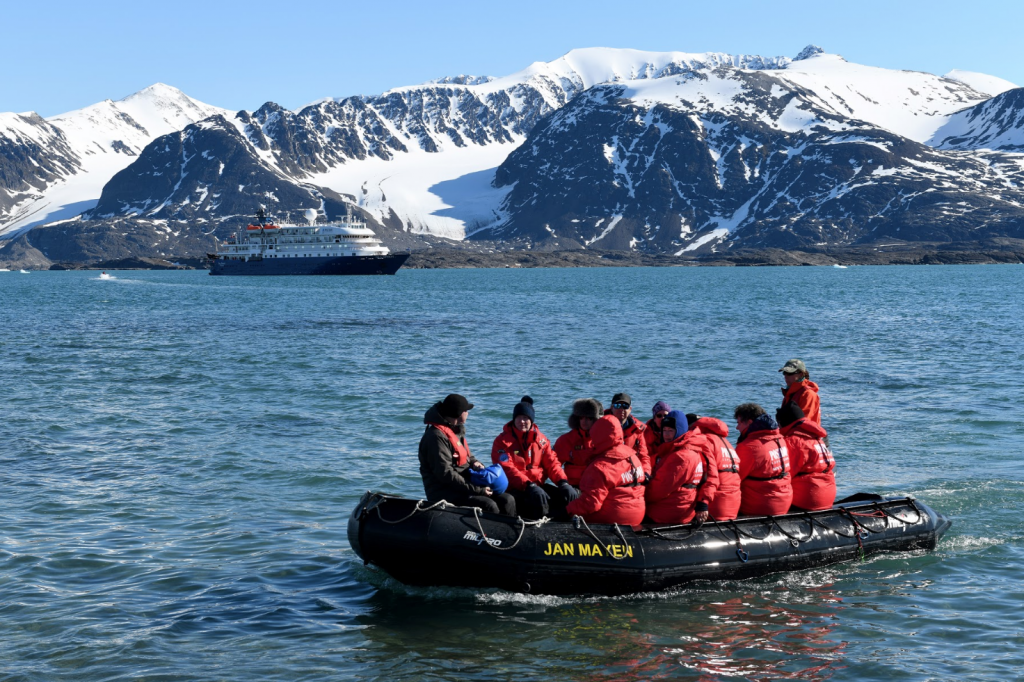
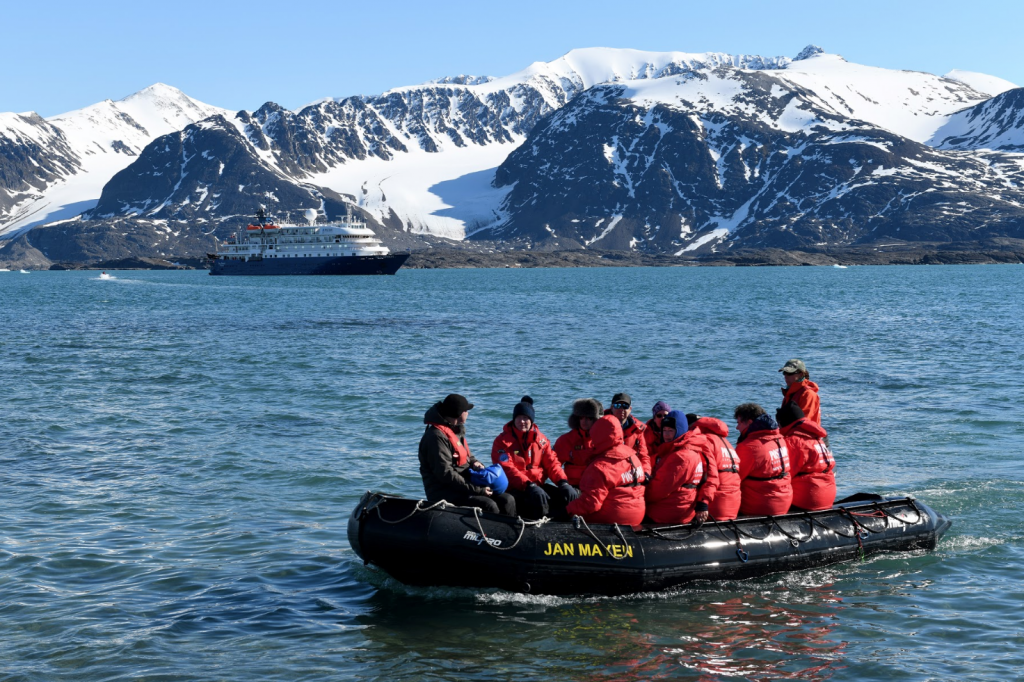

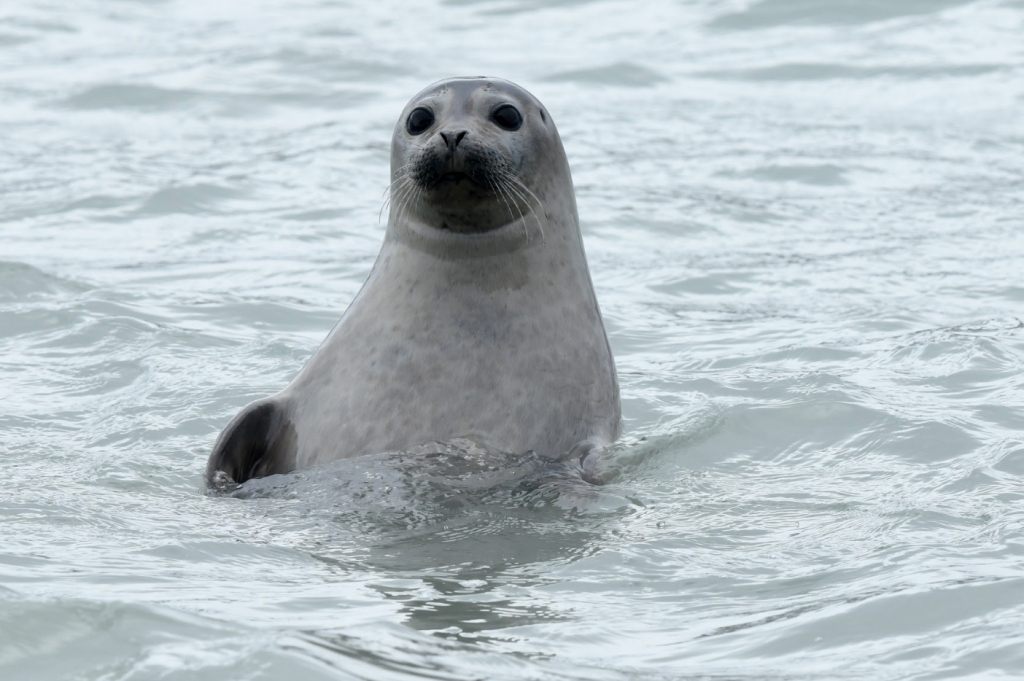
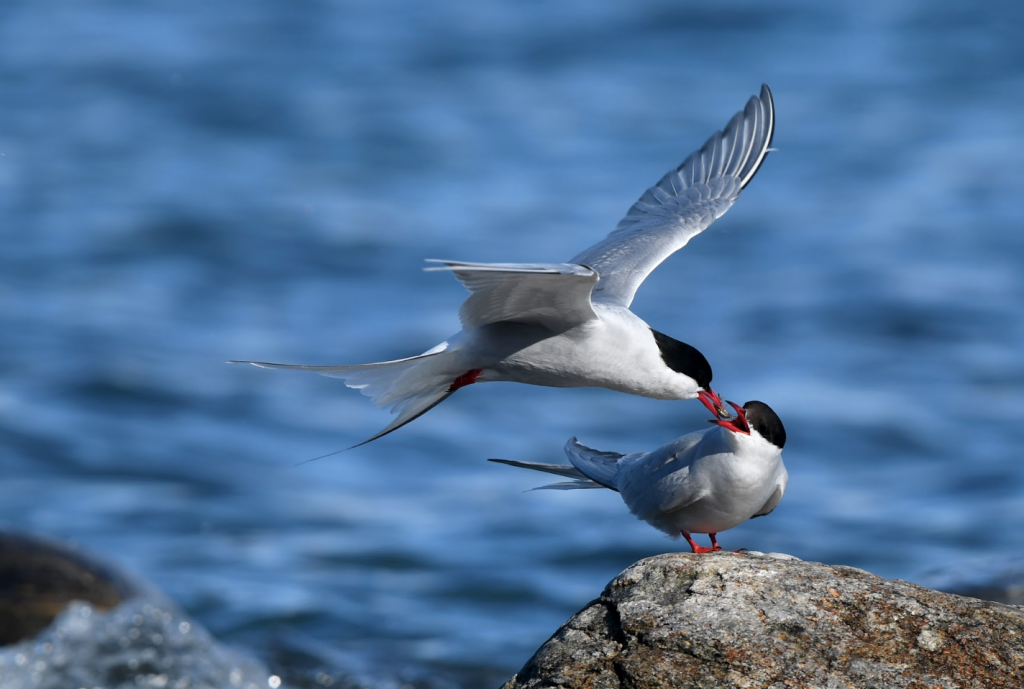
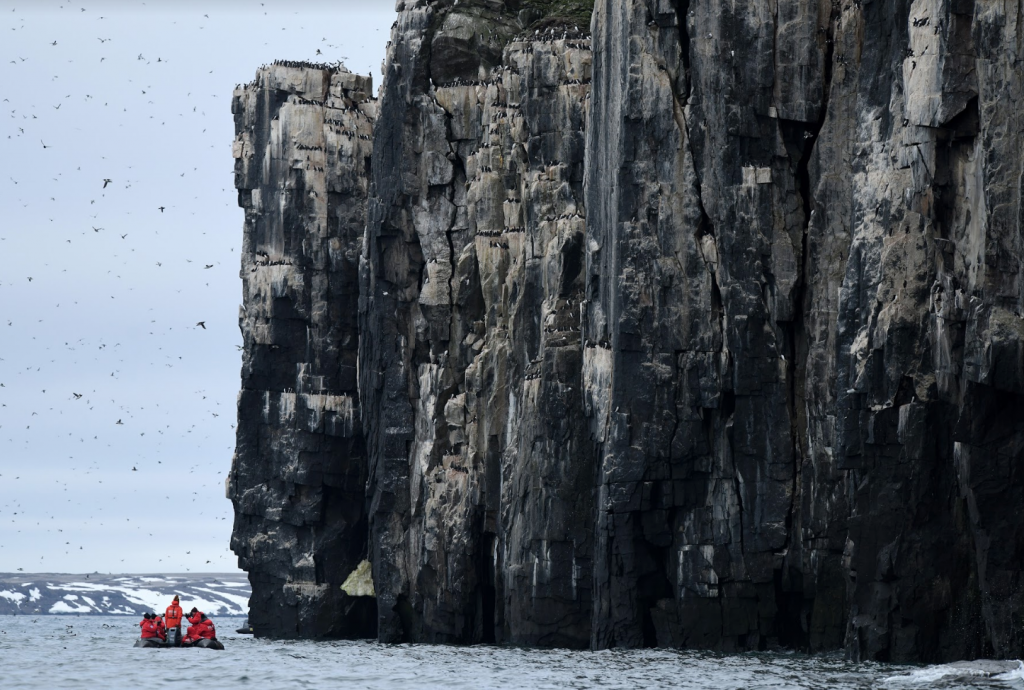


Leave a Reply